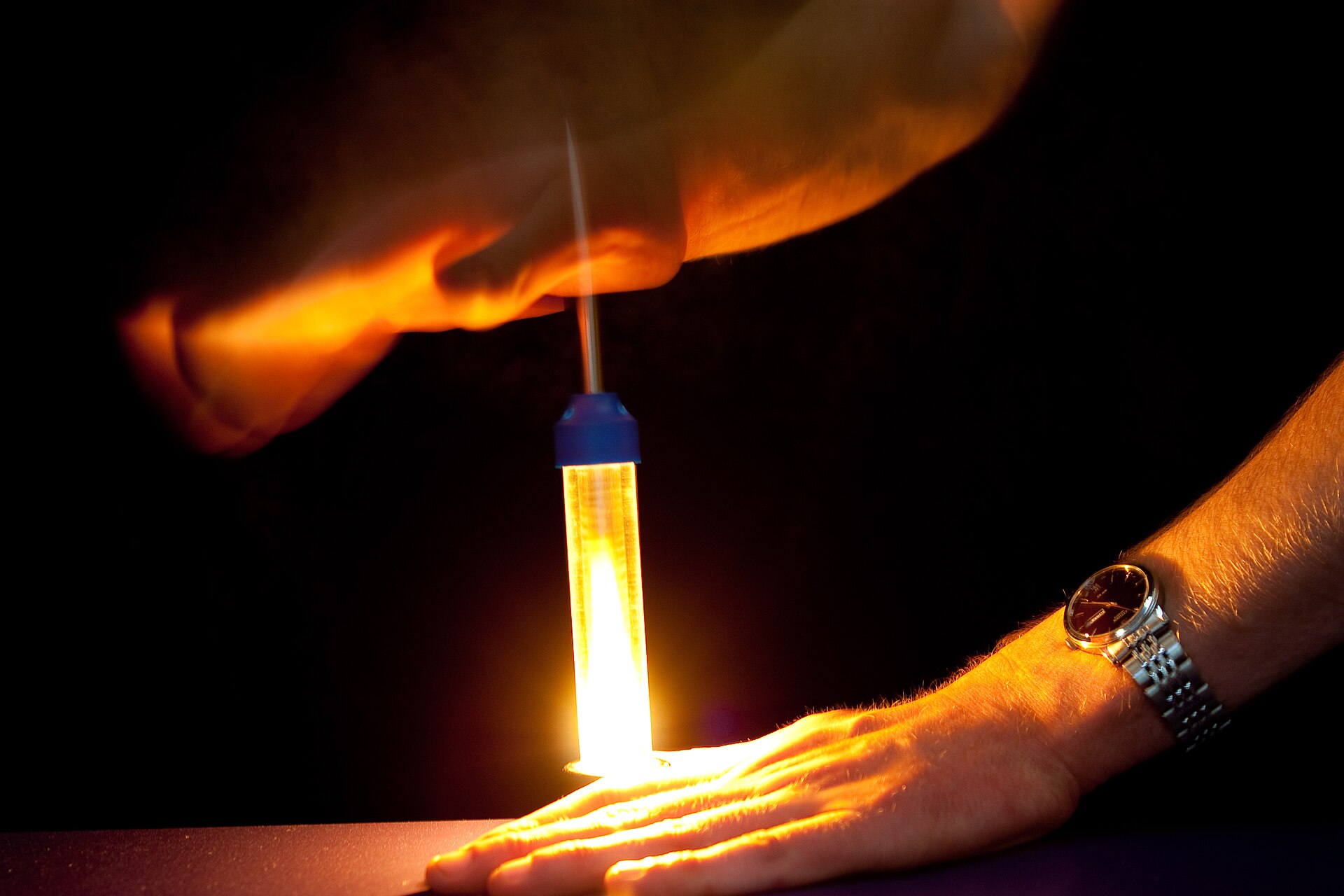Are there any modern advantages of a fire piston?
A fire piston is a very old way of starting fires, predating friction matches and works on the same principle as a diesel engine.
Basically, you use it to light a piece of tinder and then start the fire with that.

It's possible to buy modern ones pretty cheaply, would a fire piston have any advantages over the more modern ways of starting a fire such as matches or a lighter?
2 answers
You are accessing this answer with a direct link, so it's being shown above all other answers regardless of its score. You can return to the normal view.
would a fire piston have any advantages over the more modern ways of starting a fire such as matches or a lighter?
Yes.
There are many combinations of factors that affect the answer. In some situations a fire piston has an advantage.
A fire piston is liable to be superior to matches when each needs to be able to be used for long periods without external support. For periods of more than weeks to a month the number of matches needed starts to get large compared to what would usually be available. A Fire Piston does not have this limitation.
A fire piston can be completely saturated with water and will function when dried. Drying probably does not need to be "tinder dry" and the piston can provide the energy needed for the final phases of the drying out. If matches are saturated they MAY still function if dried well, but usually won't. "Wax matches" are better in this respect - having a degree of waterproofness and better survival when soaked.
A fire piston has no fixed life span. While they will in time "wear out", if used say a few times a day a well built one will last for years. Matches have a finite life - usually at best one fire kindling per match. To kindle eg a few fires a day would require around 1000 matches per year - and a very good "one match per fire most times" technique.
Matches and fire pistons both require tinder of some sort. Tinder that is marginal will be dried out by successive strokes of a fire piston. Marginal tinder can also be improved using multiple matches but this (obviously) consumes a precious resource.
While it would require considerable skill, and preferably prior experiment, it would be possible to build a fire piston entirely from natural resources in a "bush" environment if typical basic long-term-survival tools were available - especially a survival oriented knife. Ideally a long thin "boring bar" would be available and a knife will not usually have the ideal length to width ratio - but many would suffice. A tube could be "bored" blind from one end or bored from both ends and one end then plugged. Not a trivial task, but also not an impossible one. It would be hard to manufacture matches in a similar environment. The excessively enthused might manage Potassium Nitrate oxidiser from urine with time, but finding a suitable reducing agent would be "problematic".
I see I'm going to have to try to make a wooden fire piston using only a knife :-) !!!
This post was sourced from https://outdoors.stackexchange.com/a/21725. It is licensed under CC BY-SA 4.0.
0 comment threads
I'll caveat this answer with the fact I've heard of them but never used them. That being said:
Would a fire piston have any advantages over the more modern ways of starting a fire such as matches or a lighter?
Not really.
They require you to carry around a suitable tinder and keep that warm and dry, they're bulkier than matches and take longer to use, and simple as they are, they have parts (such as the sealing o ring) that may fail. They're very neat devices and incredibly interesting, but an outdoors / survival situation wouldn't be a good fit IMHO.
If you're looking for alternatives to matches then something like Swedish FireSteel would be a better choice. It lasts for ages, all you need to get a good shower of sparks off it is a knife (which you'd likely have anyway in an outdoors/survival situation), there's no tinder to carry, it's compact, and if it gets soaking wet just give it a quick wipe off and it's ready to use again.
This post was sourced from https://outdoors.stackexchange.com/a/21722. It is licensed under CC BY-SA 4.0.





















0 comment threads